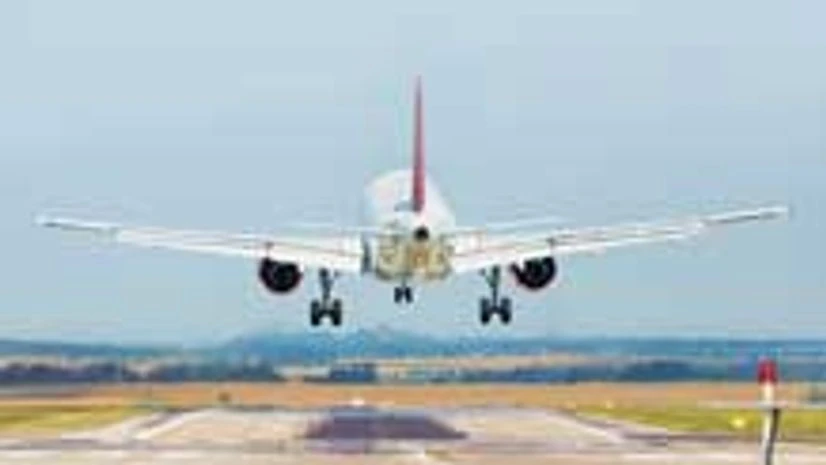Passengers flying to smaller cities such as Bhuj, Dehradun or Shimla from Delhi’s Indira Gandhi International Airport are unlikely to get any air connectivity this winter, as the Directorate General of Civil Aviation (DGCA) will ban operations by low-capacity turboprop CAT–IIIB non-compliant Bombardier Q400s, ATRs and CRJs out of Delhi airport during the fog season.
Aircraft fitted with devices matching CAT- IIIB Instrument Landing Systems can operate in low visibility conditions during fog, minimising diversions and delays.
While Air India regional and Jet Airways operates ATRs, SpiceJet operates Bombardier Q400s. Air India’s regional arm Alliance Air also has four CRJ-700s in its fleet. DGCA is looking at stalling operations of smaller aircraft to the airport in Delhi during the fog season to prevent diversions and delays.
More From This Section
Jet Airways operates 15 ATR 72-500 in two configurations of 62 seats and 68 seats and three 68-seater ATR 72-600s. The airline has a total fleet of 102 aircraft. SpiceJet has 15 78-seater Bombadier Q400s in service in a total fleet of 53 aircraft. SpiceJet declined to comment on the issue.
An email query sent to Jet Airways, seeking details of the impact of such a directive on their operations and any contingency plans the airline might have chalked out, remained unanswered at the time of going to press.
Alliance Air only recently announced plans to connect Delhi to Pantnagar using ATRs four times a week. The airline also has plans to fly from Delhi to Gorakhpur and Rajkot from January, although bookings for these two locations have not opened yet. Air India, Jet and SpiceJet might now have to draw up contingency plans to accommodate passengers on such flights using these aircraft for which they have already accepted bookings.
This measure being taken is in line with DGCA’s objective to make Delhi airport “zero diversionary” by December.
The regulator had last winter warned the airlines that they would be stopped from operating in and out of Delhi during the fog season if they did not deploy CAT-III trained crew to operate flights in and out of the national capital in case CAT-III weather predictions were made by the Met department.
In fact, on January 30, 2014, DGCA had penalised three airlines by withdrawing six landing slots at Delhi airport for not using pilots trained to land in foggy conditions and for not equipping aircraft with mandatory devices, which results in the diversion of flights. The six slots — two each of IndiGo, GoAir and Jet Airways — were withdrawn with after an equal number of flights of these airlines were diverted due to fog. The action followed a stern warning issued to airlines by the DGCA in a meeting on January 7 this year to deploy pilots trained to fly under foggy conditions and aircraft fitted with devices to match CAT-III Instrument Landing System in Delhi or face severe action.
The meeting had been held after 53 flights were diverted out of Delhi to nearby destinations due to foggy conditions on January 4-5. After the warning issued by the DGCA earlier this month, the number of diversions at the IGI Airport had come down from 53 on January 4-5 to only five the next day and not a single cancellation was reported for a week thereafter.
Consequently, DGCA chief Prabhat Kumar had constituted a 10-member panel, headed by Joint Director General Lalit Gupta, to examine and recommend steps to make Delhi airport “zero diversionary” by December 2014. The panel was mandated to prepare and submit a manual to deal with low visibility operations, containing dos and don'ts for all stakeholders.
Air Passenger Association of India President D Sudhakara Reddy has welcomed DGCA action. “I feel the DGCA action is justified. As the restriction is coming into effect from December-January the airlines have sufficient period to reschedule operations and refund passengers. Schedule discipline has to be maintained which was not happening all these years during winter.”
DGCA has also set up a cell called Sugam and a dedicated mail ID ‘sugam@dgca.nic.in’ to enable travellers to lodge complaints on any problem they face relating to flights or airport facilities due to delays caused by fog or other reasons. The committee was asked to first acknowledge the complaint electronically and direct the airline or airport operator concerned to address the issues.

)
